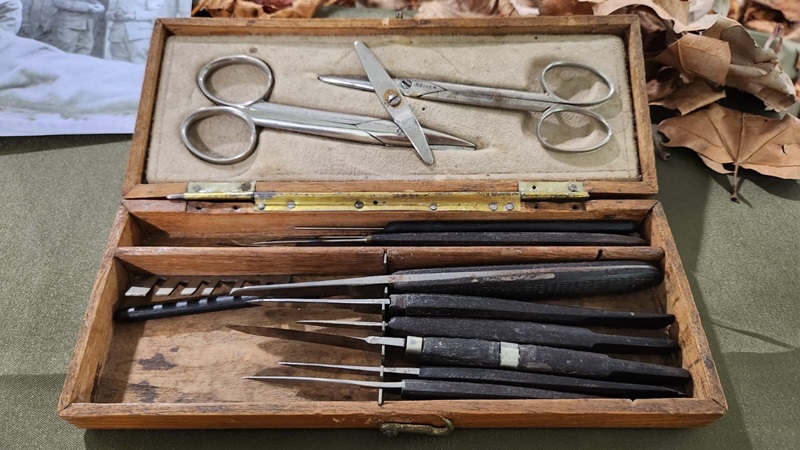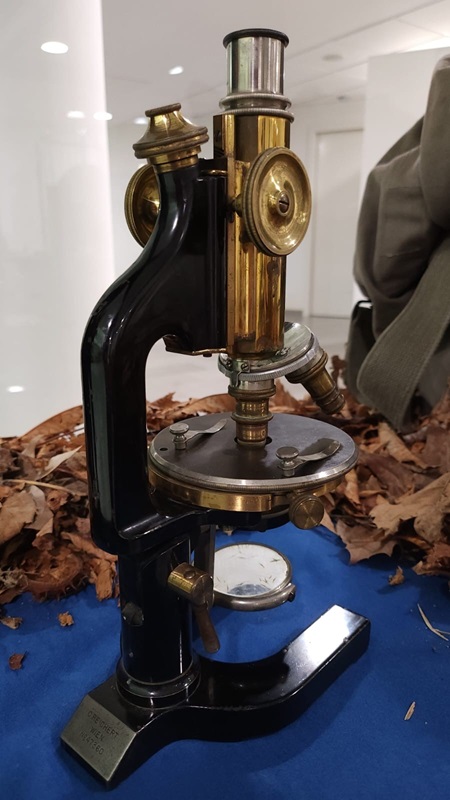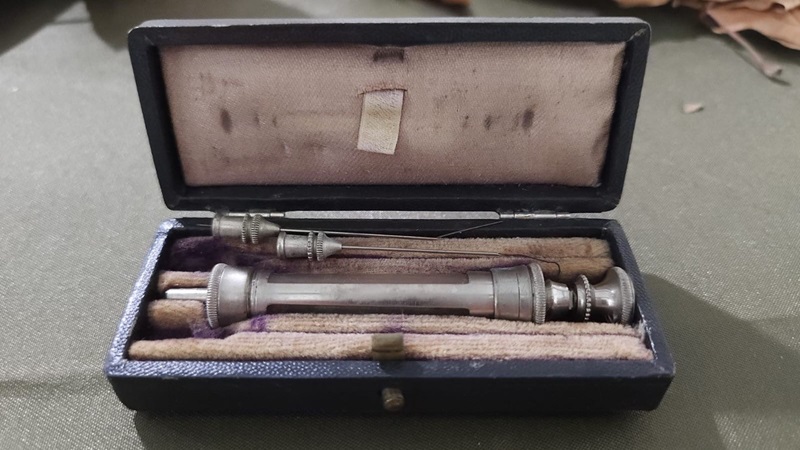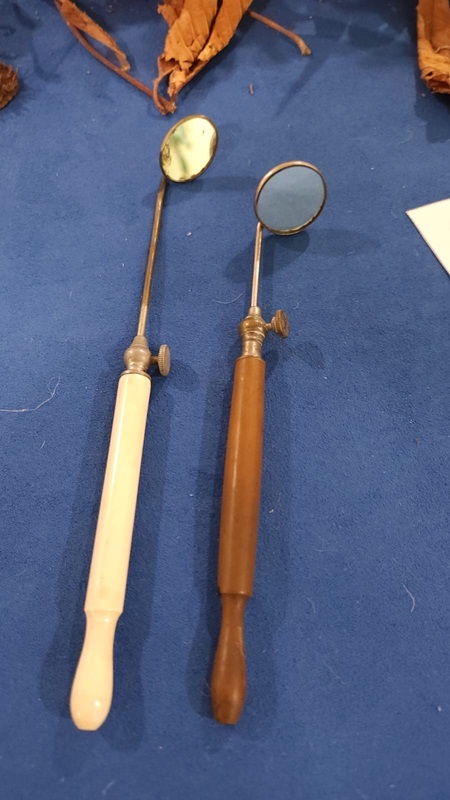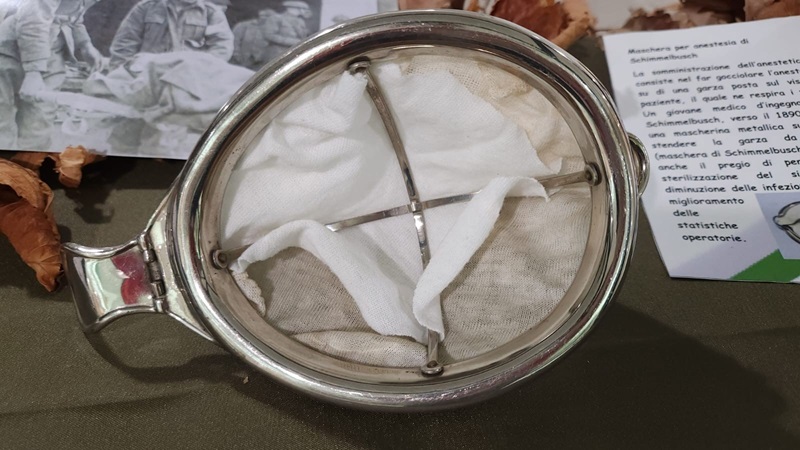Museum of Health Sciences
The Collection of the Faculty of Medicine, now the University Clinical Department of Medical, Surgical and Health Sciences (also known as the Health Sciences Museum), traces the history of healthcare in Trieste from its foundation to the first half of the 20th century. It can be traced back to the foundation of today's Ospedale Maggiore, built in 1785 as the Conservatorio Generale dei Poveri or Hospital of Maria Theresa. Later the huge building was de-institutionalised by Joseph II of Habsburg and turned into barracks. The former bishop's residence then located on St. Just's Hill was therefore used as a hospital. The limited capacity of the former bishop's residence (maximum 400 beds) and the uncomfortable accommodation conditions for the sick led the Austrian imperial government, in 1819, to rationalise and centralise all health care in a single hospital, to be built from scratch. In fact, functions were separated and, alongside the sick, the poor and marginalised no longer found a home. Construction began in March 1834, when Emperor Franz I of Austria was Habsburg. The new hospital, today known as the Ospedale Maggiore, went into operation on 22 July 1841. And it was precisely there, in that place so dear to the literature and history of Trieste, that four glass modules were set up, authentic rooms of wonder, representing the embryo of a dream that started from afar.... Euro Ponte's volume, Tra Esculapio e Mercurio. Medici e sanità nella Trieste dell'Ottocento, Trieste 2011.
The objects collected with patience and passion are the result of long research and the desire to tell the story of a science on the move that saw doctors of international renown as protagonists. The objects shown are medical instruments of extraordinary workmanship, often the work of a craftsman who worked in close contact with a demanding client. At the same time, they take us back to the health history of Trieste and the difficult path of medical science. They enable us to recall the daily difficulties faced by professionals struggling with diseases for which both diagnosis and treatment were difficult. See in this regard the catalogues by Paolo Nicotra, commented on from a historical/clinical perspective:
- Guide to the Cattinara Historical Collection of Health Sciences (EUT, 2011)
- Electricity and Medicine. Electrical machines for medical use from the Cattinara Hospital (Trieste) Historical Collection of Health Sciences (EUT, 2014)
- La borsa del medico ovvero La Tecnica al servizio della Medicina (EUT, 2015)
Made known to the public in 2010 at the Cattinara Hospital, the Collection is now on display in the basement of the Technological Pole at the Maggiore Hospital. In a dynamic vision of enhancing this unique documentary heritage, periodic exhibitions on the history of medicine are planned. On the occasion of the centenary celebration of the First World War, on 28 January 2016, the first of the exhibitions on the history of medicine was inaugurated, dedicated to 'Triage during the First World War', with original instruments, artefacts, and period photographs that tell the story of first aid in the field during the Great War, but also the history of anaesthesiology and disinfection.
At the same time, a Historical Archive of Medicine is growing as a result of the recovery of internal departmental documentation and private donations. Prominent among these documents is a kind of Google Translate from 1905 dedicated to the first interventions in the event of war, with translations of the first intervention/first aid actions in 8 different languages, all on the same page:
The following publications, which can be consulted online, are dedicated to medical collections, historical research and the experiences of various protagonists:
Since 2016, the documentary-archival heritage of the University Clinical Department of Medical, Surgical and Health Sciences has been preserved and enhanced by Professor Vanessa Nicolin, Professor of Anatomy (nicolin@units.it), to whom one can refer for consultations or requests for access to the materials on display or in the collection.

